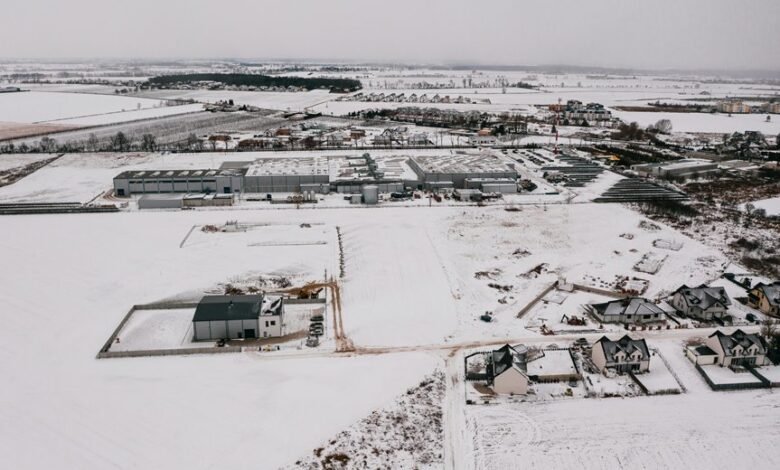28539696 Tracing Mobile Call Distribution by Region

The study “28539696 Tracing Mobile Call Distribution by Region” presents a detailed examination of mobile call patterns across diverse geographic areas. It emphasizes the influence of urbanization and technology access on communication frequency. Such insights are critical for understanding the disparities in telecommunications infrastructure. This analysis raises questions about how regional variations can inform future strategies for equitable access and innovation in mobile communication. What specific regional factors will prove most influential in shaping these trends?
Overview of Mobile Call Distribution Trends
As mobile communication technology continues to evolve, understanding the distribution of mobile calls across different regions becomes increasingly vital for telecommunications providers and policymakers.
Analyzing mobile usage trends reveals significant variations in call frequency, influenced by factors such as population density, economic development, and regional infrastructure.
These insights enable stakeholders to optimize network resources and enhance service delivery, promoting greater access and user satisfaction.
Regional Analysis of Call Patterns
While regional differences in mobile call patterns may seem subtle at first glance, a closer examination reveals distinct behavioral trends influenced by demographic and socioeconomic factors.
Call volume fluctuations are particularly pronounced in urban versus rural areas, where differing access to technology and communication needs drive variations in regional call patterns.
Understanding these nuances can enhance insights into consumer behavior and connectivity dynamics.
Implications for Businesses and Policymakers
Understanding the implications of regional mobile call distribution is crucial for businesses and policymakers aiming to optimize their strategies and improve service delivery.
Analyzing call patterns enables the development of targeted business strategies that align with consumer behavior.
Additionally, policymakers can refine policy frameworks to enhance telecommunications infrastructure, ensuring equitable access and fostering innovation while accommodating the diverse needs of different regions.
Future Directions in Mobile Communication Research
The evolving landscape of mobile communication necessitates a forward-looking approach in research to address emerging challenges and opportunities.
Future studies must prioritize 5G advancements, emphasizing network optimization and AI integration to enhance service delivery.
Additionally, understanding user behavior will be critical alongside robust data privacy measures, ensuring that innovations align with ethical standards while fostering user autonomy and security in a dynamic environment.
Conclusion
In the intricate dance of mobile call distribution, where urban centers thrive on connectivity while rural areas languish in silence, the irony lies in the promise of technology. As businesses and policymakers strive for equitable access, one might envision a future where the hum of communication echoes across every corner, yet the reality often resembles a patchwork quilt of connectivity—beautiful in theory, yet riddled with gaps. Thus, the challenge remains: bridging the divide between aspiration and reality in mobile communication.




